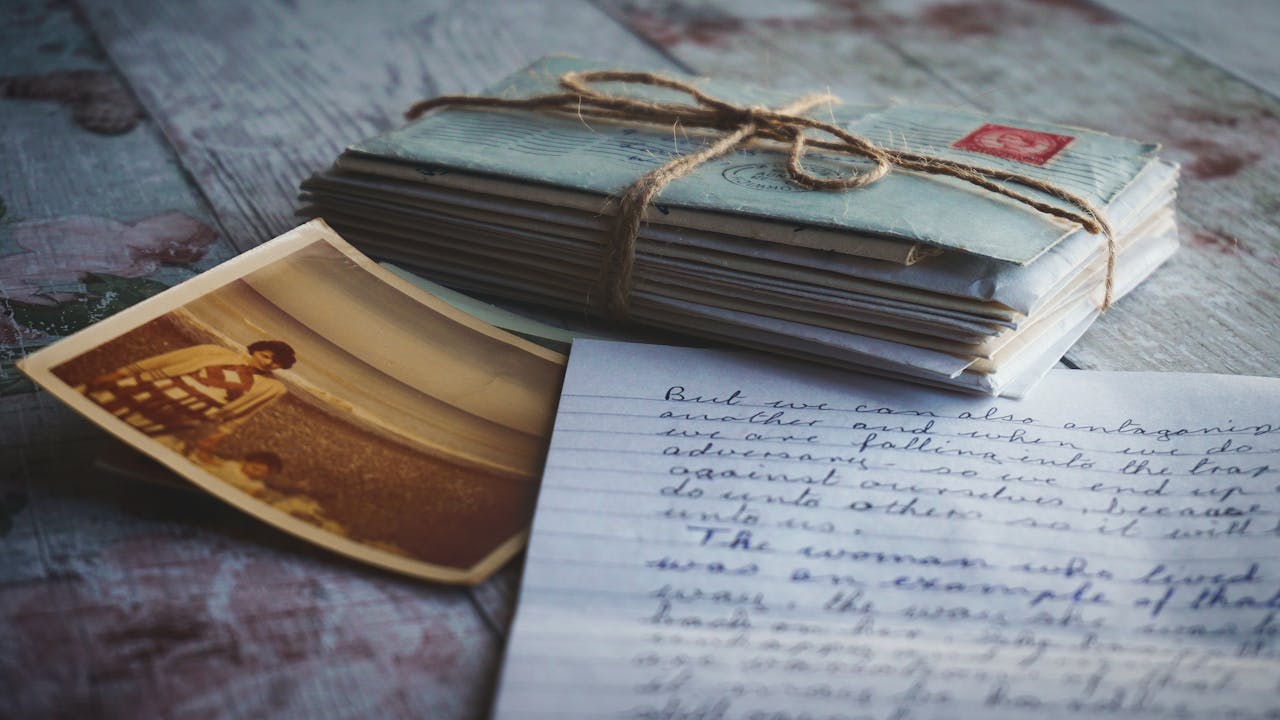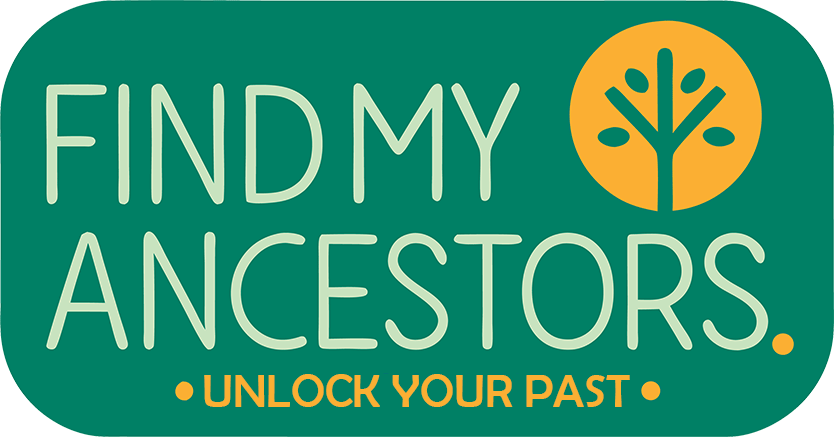When you start researching your family history, it is easy to feel overwhelmed by the idea of writing your ancestors’ stories. “I’m not a writer,” you might think. “How could I possibly do them justice?”

Here’s the truth: you do not need to be a professional writer to tell the stories of your family. You are already more qualified than you think. You care about these people, you’ve spent time learning about them, and you want to share their lives with others. That is exactly what storytelling is about.
Why storytelling matters
Family history can easily become a collection of names, dates, and places. Storytelling brings those details to life.
Imagine reading that your great-grandmother was born in 1901 in Glasgow. Now imagine reading that she grew up in a two-room tenement flat, spent evenings sewing by lamplight, and told her grandchildren tales about her father working in the shipyards. Which feels more alive?
When you tell these stories, you transform facts into something human. You connect your family today with the lives and experiences of those who came before.
You don’t need to be perfect
A big hurdle for many beginners is the idea that they need to write like a novelist or historian. You don’t.
Good family history writing is not about fancy words; it’s about sharing what you know in a way that feels real and relatable. Your writing doesn’t need to be long, complicated, or polished.
Think of it as a conversation with a relative: “Here’s what I’ve learned about Aunt Mary, and why I think her story matters.” That is storytelling.
How to start if you feel nervous
If staring at a blank page fills you with dread, start small.
- Begin with one ancestor: Pick someone you feel a connection to, even if you only know a little about them.
- Make a simple list: Write down key facts such as birth, marriage, jobs, and where they lived. This is your foundation.
- Add one personal detail: Did they have an interesting hobby? A family story? A favourite recipe? Even a small detail can make them come alive.
- Write a paragraph: Just a few sentences about who they were and why you wanted to write about them.
Once you’ve done that, you’ve written their first story. It really can be that simple.
What could your outputs look like?
You don’t need to aim for a book (though you can if you want to). There are plenty of ways to share your family stories, depending on your time and comfort level.
- Short ancestor profiles: A one-page write-up about each person in your tree.
- Blog posts or social media snippets: Share interesting finds or anecdotes online.
- Family newsletters: A simple email or printed page to keep relatives updated.
- Story collections: A digital or printed booklet that combines multiple short pieces.
- Photo essays: Pair old photos with captions or short narratives.
Remember, the goal isn’t perfection but connection.
Tips for confident storytelling
- Use prompts: Start with “I imagine my great-grandfather…” or “One thing I know about her is…”. This helps you dive in without overthinking.
- Include context: Add a sentence or two about the time and place they lived. It helps others picture their world.
- Mix fact with imagination (clearly): It’s okay to speculate if you make it clear. For example, “She may have learned to sew at home, as many girls did in that community.”
- Use their words: If you have letters, diaries, or quotes, include them. Let them speak for themselves.
Using tools like Ancestry Lifestory and MyHeritage AI Biography
If you’re still struggling to get started, you can use technology to help you build an outline.
- Ancestry’s Lifestory feature automatically turns your family tree data into a simple narrative. It creates a chronological summary of an ancestor’s life using the records you’ve attached. This can give you a ready-made structure that you can expand with your details and personality.
- MyHeritage’s AI Biography tool takes the facts in your tree and produces a Wikipedia-style biography. It can give you a starting point and something you could edit, add to, and personalise.
These tools are especially useful if you feel stuck, as they take away the fear of the blank page. You are not starting from nothing, as you’re improving and shaping an outline into a story that feels like your own.
The best time to start is now
You don’t need to “finish” your research before you write. Stories can grow and change as you learn more. What matters most is capturing what you know today. Begin with one paragraph, one ancestor, one memory. Over time, these small pieces will grow into something powerful: a living, breathing history of your family that can be shared for generations.
One day, a relative will read your words and feel a spark of connection, not because you wrote perfectly, but because you shared something meaningful. Your words don’t need to be perfect. They just need to be yours.
